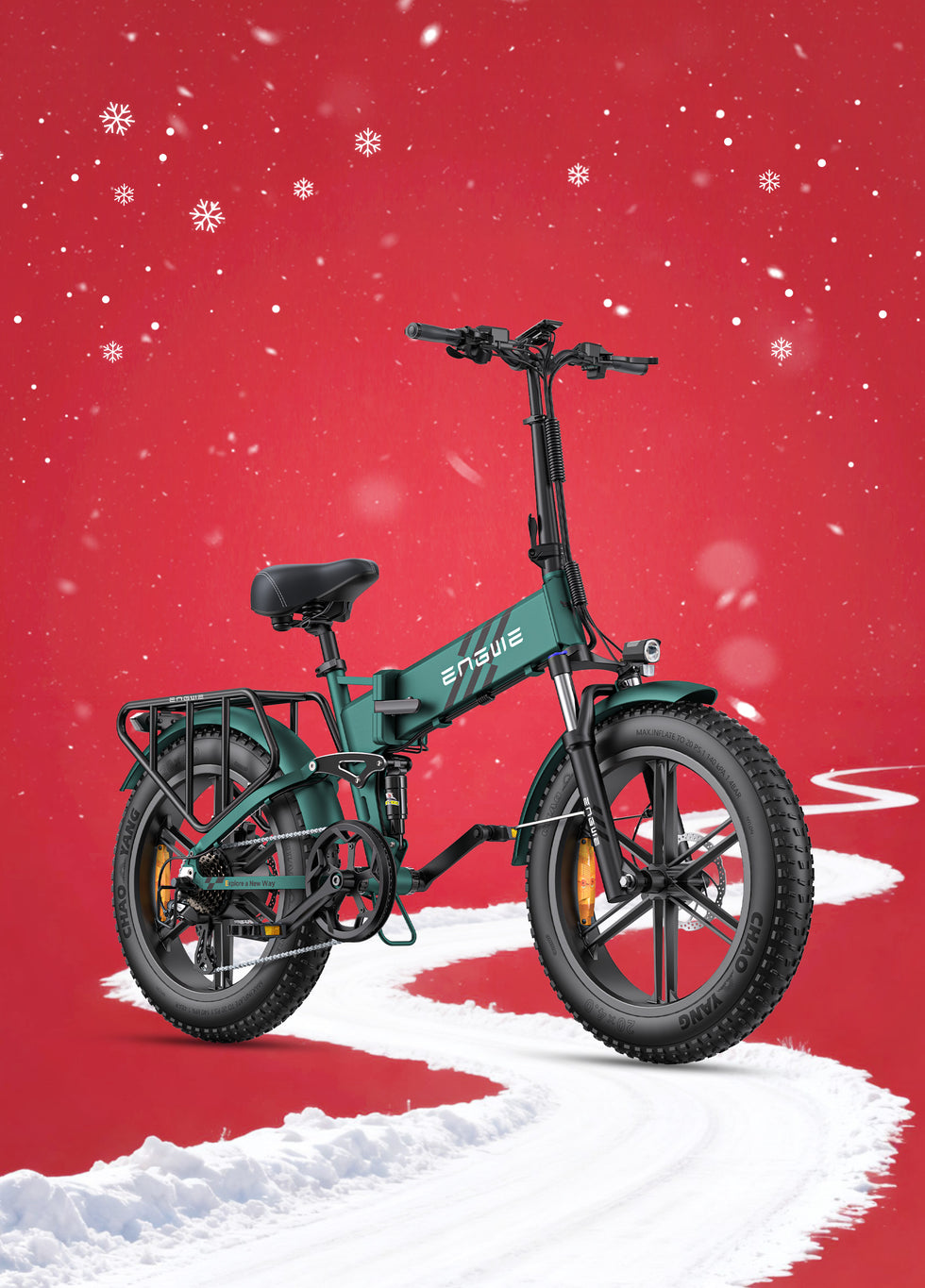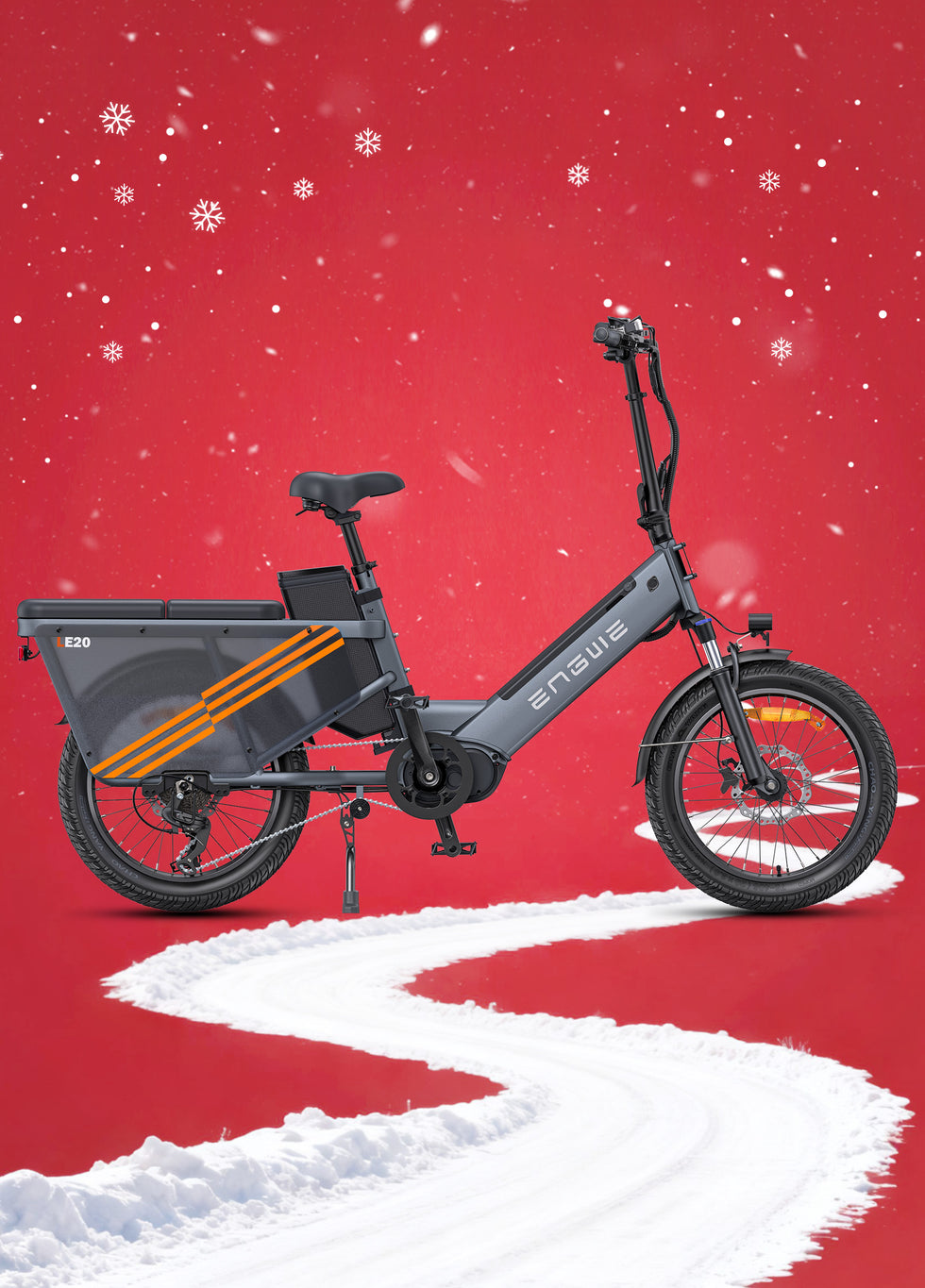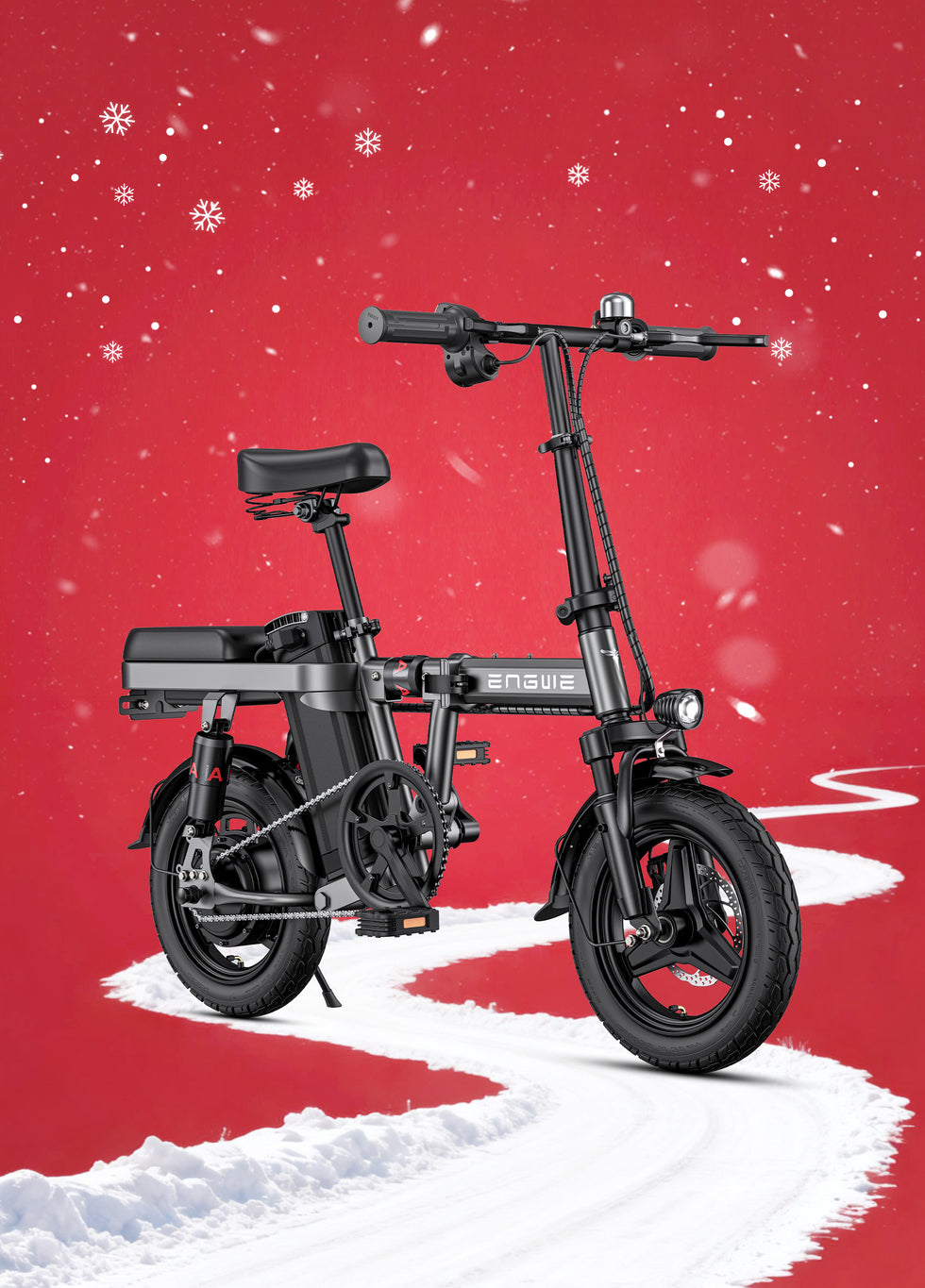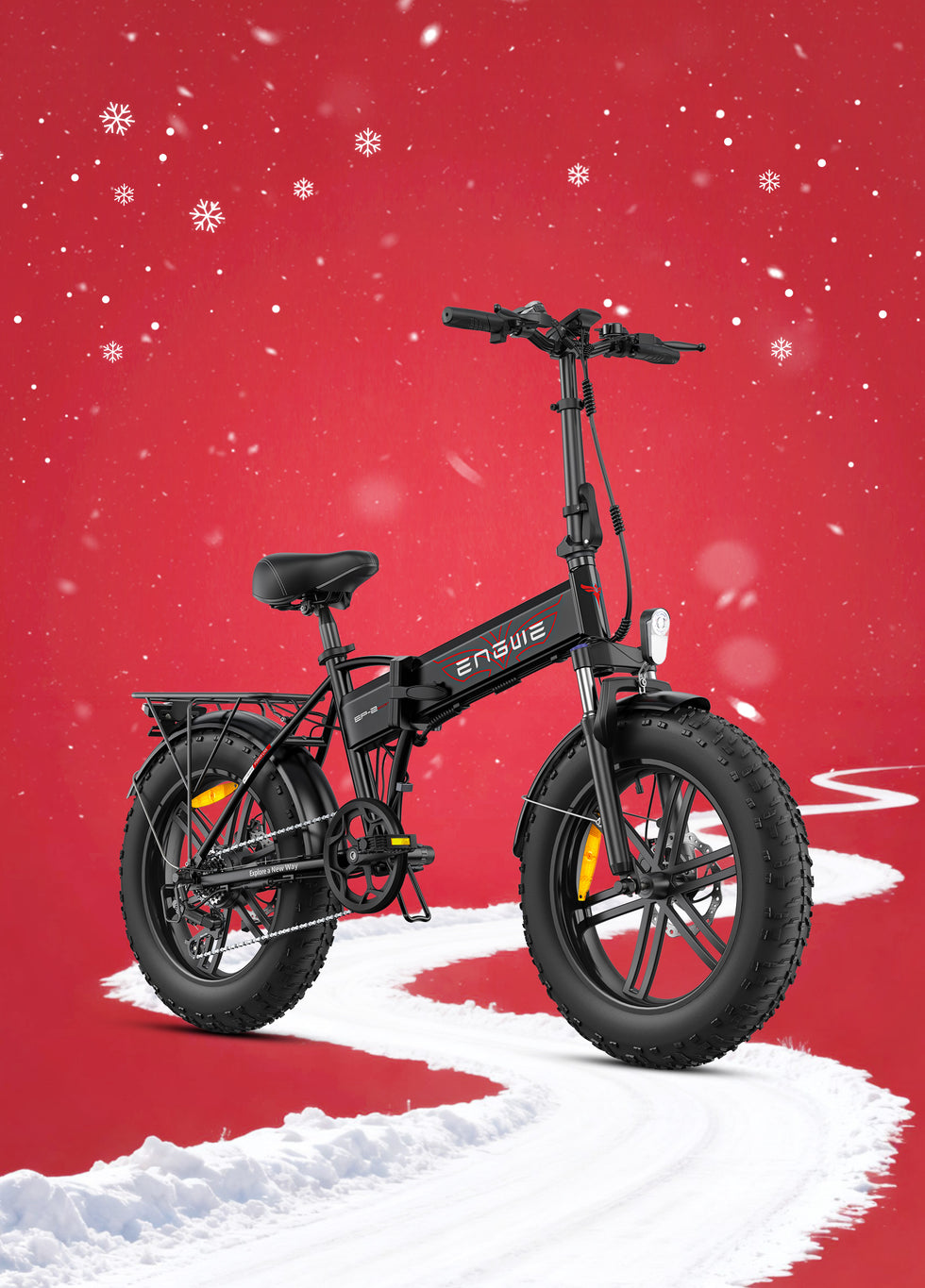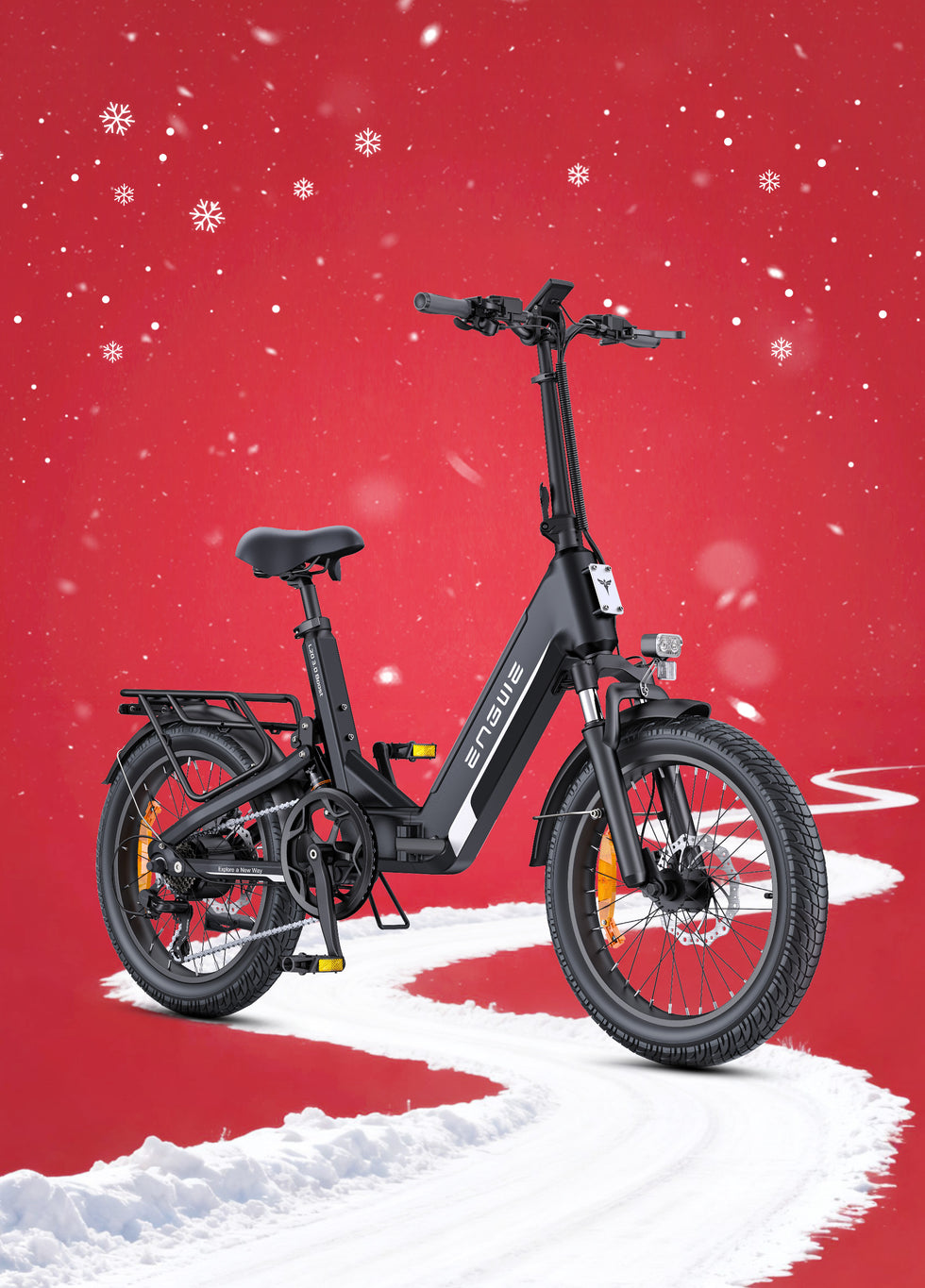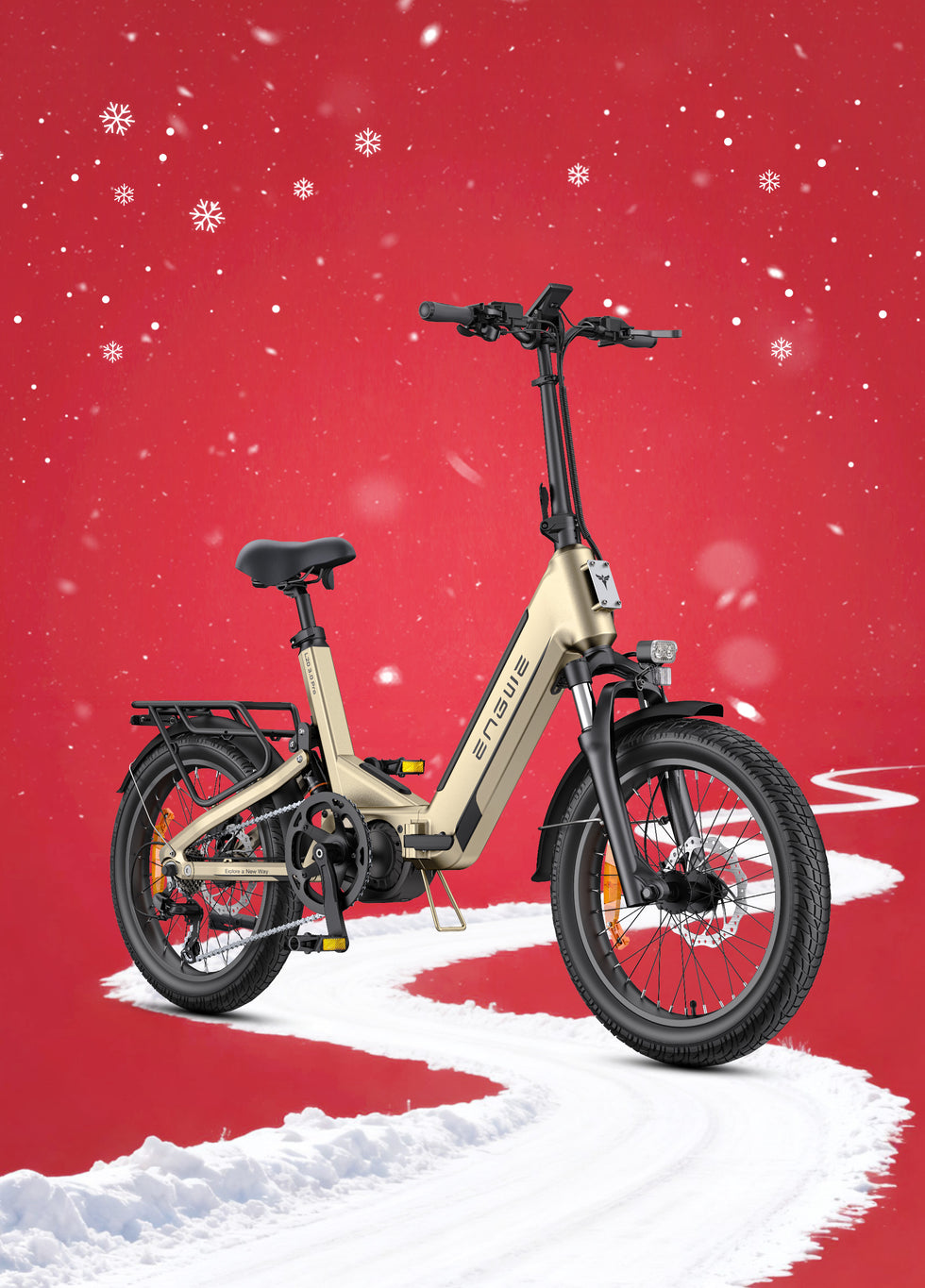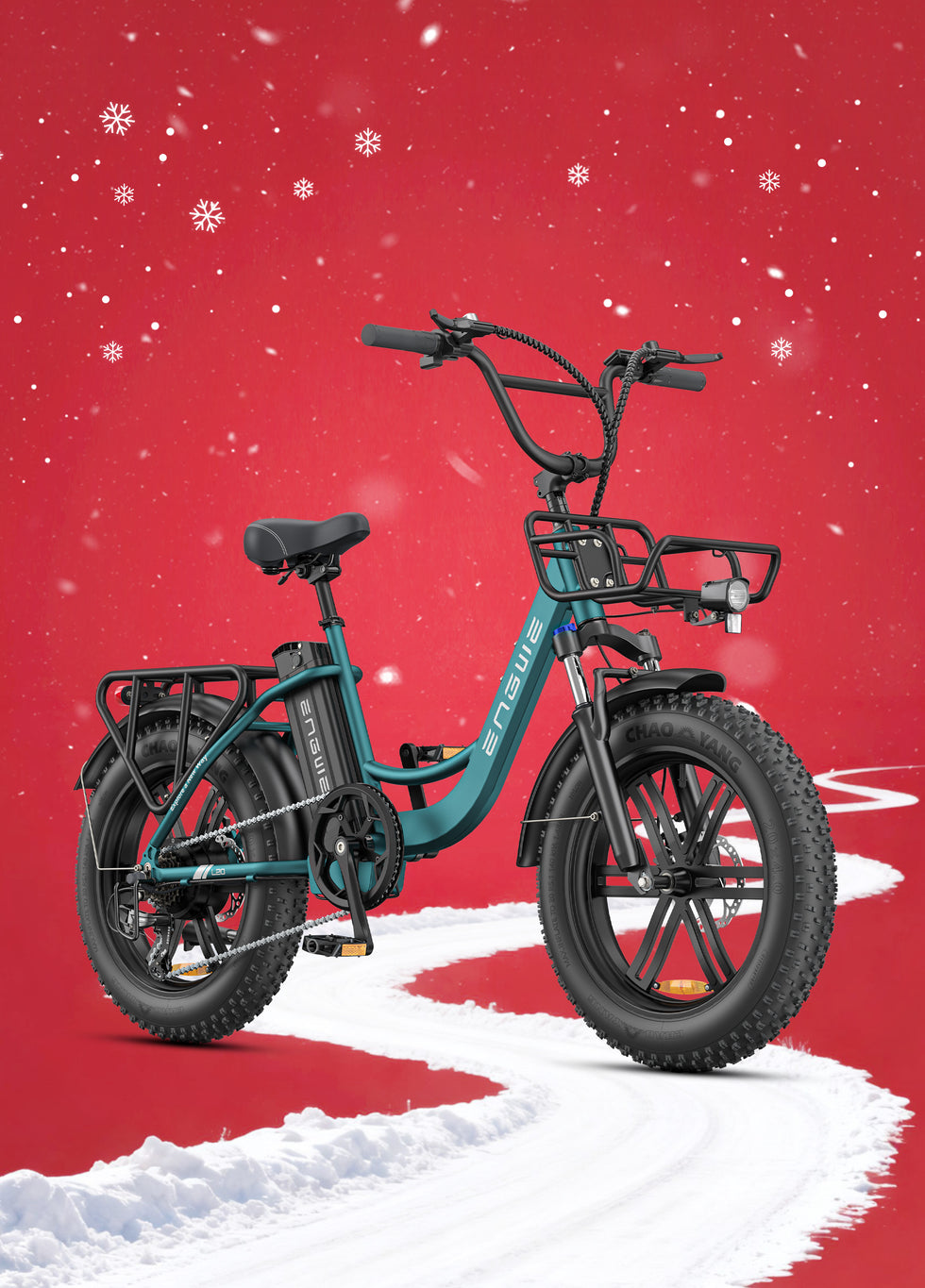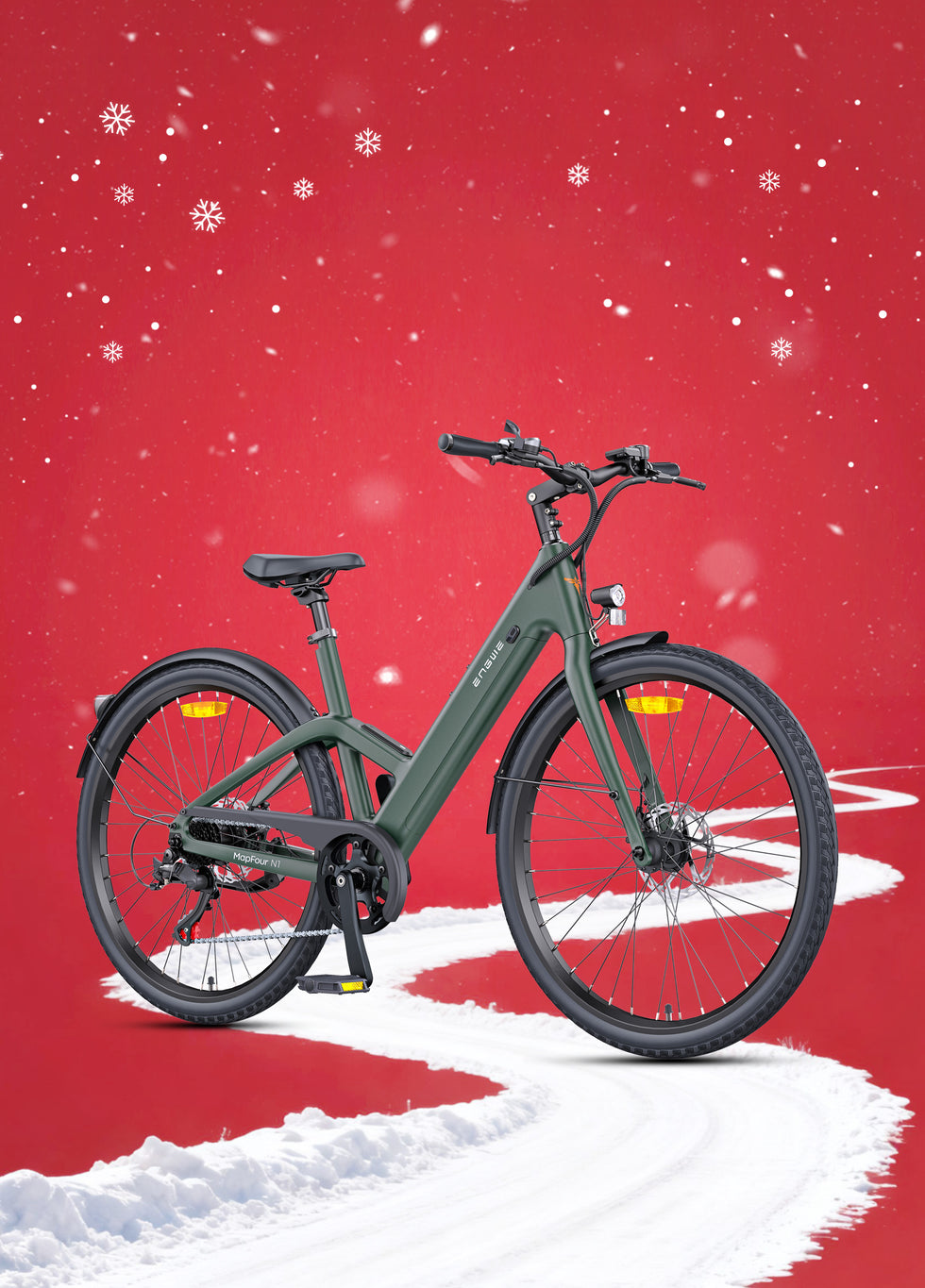The UK is a cyclist's paradise and the ideal location for exploring on two wheels, with landscapes of meandering country lanes, hundreds of long-forgotten bridleways, exciting forest tracks, and picturesque canal towpaths providing endless opportunities for all types of off-road and mountain biking in England. It used to be one or the other: speed on tarmac meant a road bike; capability off-road required a mountain bike. What if you want to PARTY!? Or, what if you want to go from a nice road climb right onto some dirty gravel and actually start venturing down those untraveled back-alleys in search of some hidden treasure with NO boundaries? Welcome the electric gravel bike, offering up the most versatile and adventuresome way of exploring the many facets of UK land. Your adventure in searching for the best e-gravel bike is now over, as this complete guide answers the queries going on in your curious mind and makes you sound confident to every buyer out there.
What is an Electric Gravel Bike and Why are they ideal for the UK?
An e-gravel bike is, at its core, a coming together of the very best elements from road cycling, mountain biking, and electric bicycle technology. Think of a road bike with its aggressive riding capabilities and drop handlebars, only more relaxed and stable in terms of frame geometry. Now add in the toughness of a mountain bike, with clearance for wide, grippy tyres that will be happy much further away from perfect tarmac. Top that off with the addition of a high-tech electric motor and battery system to offer you a barely discernible assist as you pedal it yourself. The result: this thing is not a motorbike but a bike that supercharges your spirit to help you conquer hills, courses fly by, and headwinds forgotten.
Add that to low upkeep and long robustness, and you get the ideal machine for a British rider. The island is not made up of a single landform. A standard British ride could have smooth A-roads, crumbling B-roads, muddy farm tracks, and loose gravel paths all in one 10-mile stretch. This is where an e-gravel bike excels.
UK rolling hills and steep, punchy climbs? It can be scary. The electric motor's help is sport-changing, especially uphill. This really removes the sting from ascents—you can keep on spinning along and take in some of the view instead of struggling for breath. It means that, perhaps for the first time, you can take on routes in the Peak District, Yorkshire Dales, or Scottish Highlands which you might have assumed were simply out of your league.
Deeper Dive
The assistance of the electric motor helps preserve your energy, so you can get in several longer rides. This gives you the freedom of knowing what seemed like the epic of all epics before work in the morning can now be a nice wee jaunt before lunch, getting an easy selfie by mid-afternoon. Connect more bridleways, go further into forests, and find new places knowing you have enough juice to come back grinning.
The Great Leveller
It is safe to say that e-gravel bikes are the holy grail for mixed-fitness groups. A less-leggy rider can dial up the level of assistance and spin easily with a seasoned club cyclist without anyone getting dropped. It encourages the social nature of cycling and encourages a wider range of people to get more active.
Put another way, an electric gravel bike allows you to answer "yes" to any trail. All whilst removing the constraints of location and fitness level; it enables you the opportunity to just get out there and discover some of the vast array this nation has to offer.
Buyer's Guide: How to pick the perfect E-Gravel Bike
With a myriad of motors, batteries, and components to choose from, the selection process for your first e-gravel bike may seem rather daunting. Having said that, a grasp of some core concepts—from pedaling dynamics to component choices—will leave you well-equipped to make an educated decision that best complements your riding style and aspirations. Here we take a closer look at the highlights.
Motor: The Soul of the Bicycle
The 'e' in e-bike stands for electric, and that means a motor. E-gravel bikes mainly use two subtypes of motor systems:
Mid-Drive Motors
Found at the bottom bracket (where the pedals attach), these apply power directly to the drivetrain—the chain and gears. It creates a super-natural user experience—it feels like you just have massively powerful legs. The low, central position of the motor enhances the bike's balance and stability on technical climbs, a significant advantage. Most have advanced torque sensors that accurately measure your pedalling effort to match the assistance level seamlessly. The ultimate choice for pure gravel shredding.
Hub-Drive Motors
These are located in the rear (or occasionally front) wheel hub. In essence, they 'push' the bike along. While not always as smooth or seamless as a mid-drive motor, modern rear hub motors offer plenty of power and are usually more affordable and are common on entry-level bikes or as part of conversion kits. Perfect for riders who are predominantly going to be riding on roads and non-technical trails.
The Battery: Your Fuel Tank
The battery determines your range. Its capacity is measured in Watt-hours (Wh). In short, more Wh = more range on a single charge. For most UK riding, a capacity of 400Wh to 600Wh is ample and should last for most, if not all, of your day-long adventures.
Range is affected by many variables, such as the level of assistance you are using, how hilly your route is, your weight, and even the wind direction. Look for bikes with different assistance modes (e.g., Eco, Tour, Turbo) so you can save power on the flats and use it when the road points up. Also, consider if you want a removable battery. It is very practical, as you can take it inside for charging much more easily than the whole bike.
Frame and Geometry
The frame is the skeleton of the bike. Aluminium and carbon fibre are the most common materials for e-gravel bikes.
Aluminium: Durable, strong, and affordable. It's an excellent material for a rugged and capable bike for both on and off-road riding.
Carbon Fibre: A lighter, stiffer frame that is excellent at absorbing vibrations from uneven surfaces, which improves comfort. However, this is a high-end material found on pricier models.
The geometry—the angles and lengths of the frame tubes—determines how a bike rides. The geometry of a gravel bike is somewhere between that of an aggressive road model and a relaxed "endurance" road bike. This includes a more upright seating position to improve comfort and balance for long rides and off-road use.
Tyres, Wheels, and Brakes
These components are vital for control and safety.
Tires: Tires are a critical component that defines your bike's handling and capability. Look for tyre widths between 38-50mm. Wider tyres can be run at lower pressures, which results in more grip and compliance on loose surfaces like gravel and dirt. Most newer e-gravel bikes come with tubeless-ready wheels and tyres. This setup allows you to run them without an inner tube, which lowers your chance of punctures and increases comfort even more.
Wheels: Weak wheels will be easily damaged by the extra stresses from the motor and off-road riding. Look for robust rims and hubs, so those wheels can take the punishment.
Brakes: Hydraulic disc brakes are a must-have on an e-gravel bike. They deliver strong, predictable, and reliable braking in any UK weather condition (dry, dusty, wet, or muddy). They are a lifesaver when you are inching your way down super-steep, loose trails.

E-Gravel Riding UK: The Best Brands And All-Terrain Alumni
The UK market is blessed with some top-tier e-gravel bikes from world-class brands. Manufacturers such as Ribble, Canyon, Specialized, and Cannondale are long-standing cycling designers of some of the more reputable e-gravel bikes, complete with high-torque mid-drive motors and lightweight frames designed for performance. For the pure gravel rider, they are ideal selections. On the other hand, there is a new breed of all-terrain electric bike that offers riders unprecedented versatility and utility.
If you are looking for an awesome e-bike that has a good degree of versatility and practicality, Engwe might be the one for you. The Engwe EP-2 Boost Fat Tire Folding Electric Bike is for the rider who wants to do everything from city commutes to challenging trails. It is made possible by a powerful and UK street-legal 250W brushless electric motor that delivers up to an impressive 55 Nm of torque—it easily makes short work of even the steepest inclines. This provides a natural, dynamic ride by gauging your pedalling effort and delivering power accordingly. It boasts great mileage too; the 48V 13Ah battery has a high capacity that can offer up to 120 km on a single charge, eliminating range anxiety. This is backed up by the rough and tough 20 x 4.0 fat tires that are capable of handling extreme asphalt, sandy, gravelly, and dirt track terrains, along with an accompanying front suspension that acts as an absorber to guarantee grip and comfort no matter where you ride your e-bike! It comes with built-in practicality, such as a folding frame for easy storage and transport, 180mm mechanical disc brakes for quick and responsive stopping, a dependable Shimano 7-speed transmission, and included rear rack and mudguards to make it a tough-as-nails urban utility bike packed into a travel-friendly form-factor built for the UK rider who demands function and versatility wherever they go.

E-Gravel Bikes: Are They UK Road Legal? Understanding the Rules
This is a very important question, and the answer is, thankfully, a simple yes, provided the bike conforms to the 'Electrically Assisted Pedal Cycles' (EAPC) regulations. An EAPC is legal to ride on UK roads and anywhere else a normal bicycle can be used. It does not require a license, you won't have to register it, and it does not require insurance.
For a bike to be classified as an EAPC, all three of these rules must be true:
1. The motor must have a maximum continuous power output of no more than 250 watts. This is the standard that the Engwe EP-2 Boost, and indeed all reputable e-bikes sold in the UK, follow.
2. The electric assistance must cut out when the bike reaches 15.5 mph (25 km/h). You can pedal faster than this, but the motor will not provide assistance above this speed.
3. The assistance must only be provided when the rider is pedalling. An EAPC cannot have a 'twist-and-go' throttle that works from a standstill. However, a 'walk assist' mode is permitted, which powers the bike up to a walking pace (6 km/h) without pedalling, handy for pushing the bike up ramps.
If a bike meets these criteria, it is treated the same as a regular bicycle under the law. This simplicity is a real benefit and allows you to own and ride an e-gravel bike in the UK without any fuss.

The Knowledge Is Key: Getting The Most Out Of Your Next E-Gravel Ride
So you've picked your bike and read the rules, right? Now it’s time to ride! Here are five tips to have the best journey ever.
1. Care for your battery to cure range anxiety.
Be smart with your assist levels to maximize your range. Use 'Eco' or the lowest setting on flat ground or with a tailwind. Save 'Tour' or 'Turbo' for the hills or as a boost when riding into a strong headwind. You also want to pedal at a higher cadence (RPM)—this aids efficiency and mimics what you would be doing on a regular bike, so use those gears! In addition, maintaining the correct tyre pressure will also drastically reduce rolling resistance and save juice.
2. Master off-road skills.
Riding on gravel is different from riding on tarmac. Relax, keep your weight on the pedals, and look ahead down the trail—not at your front wheel. Avoid heavy braking in corners on loose surfaces; brake before the turn, not in it. Let the bike dance around beneath you; those big tyres are designed to find traction. When climbing, lean slightly forward to help the motor work efficiently and pedal smoothly to best utilise the power assistance.
3. Pack for the road.
Everything is better with the right kit. A high-quality, comfortable helmet is a must. Padded liner shorts might be fine for some, but proper padded cycling shorts will significantly improve comfort on longer rides. Cycling gloves will protect your hands and improve your grip. And if you live in the UK, always have a decent, lightweight waterproof jacket. Also, carry a multi-tool, puncture repair kit, and pump just in case you have to do any trailside repairs.
4. Cleanliness is next to godliness.
Gravel and trail riding can be dirty. Regularly cleaning and maintaining your bike (e.g., after every ride if it was very wet or muddy) will help it run smoothly for longer. Focus on the drivetrain (chain, cassette, chainrings). The cleaner and better lubricated a chain is, the longer it and your other components will last. Inspect your brake pads and tire pressure before each ride to ensure they are in good condition.
5. Plan your route, but welcome detours.
Use apps like Komoot or OS Maps to find interesting routes that hit all the textures you want to ride. For instance, you can focus on a combination of bridleways and local cycle ways. But, deep down, the real enjoyment in e-gravel riding comes with a sense of adventure. If you come across a path that looks more interesting than the one you had planned, feel free to explore it. The motor gives you the confidence to explore otherwise unknown paths and find hidden gems.
The electric gravel bike isn't just a new genre of bicycle; it's a key to unlocking the UK's most beautiful and wild places. It crushes the toughest climbs, shaves time off every mile, and connects paved roads with exciting trails. It levels the riding field, allowing you to ride with anyone, from beginner to pro, and experience infinite adventure. Whether you select a purpose-built e-gravel machine or a versatile all-terrain explorer, each purchase will unlock countless new experiences. Now, the only question is: where will you go first?

